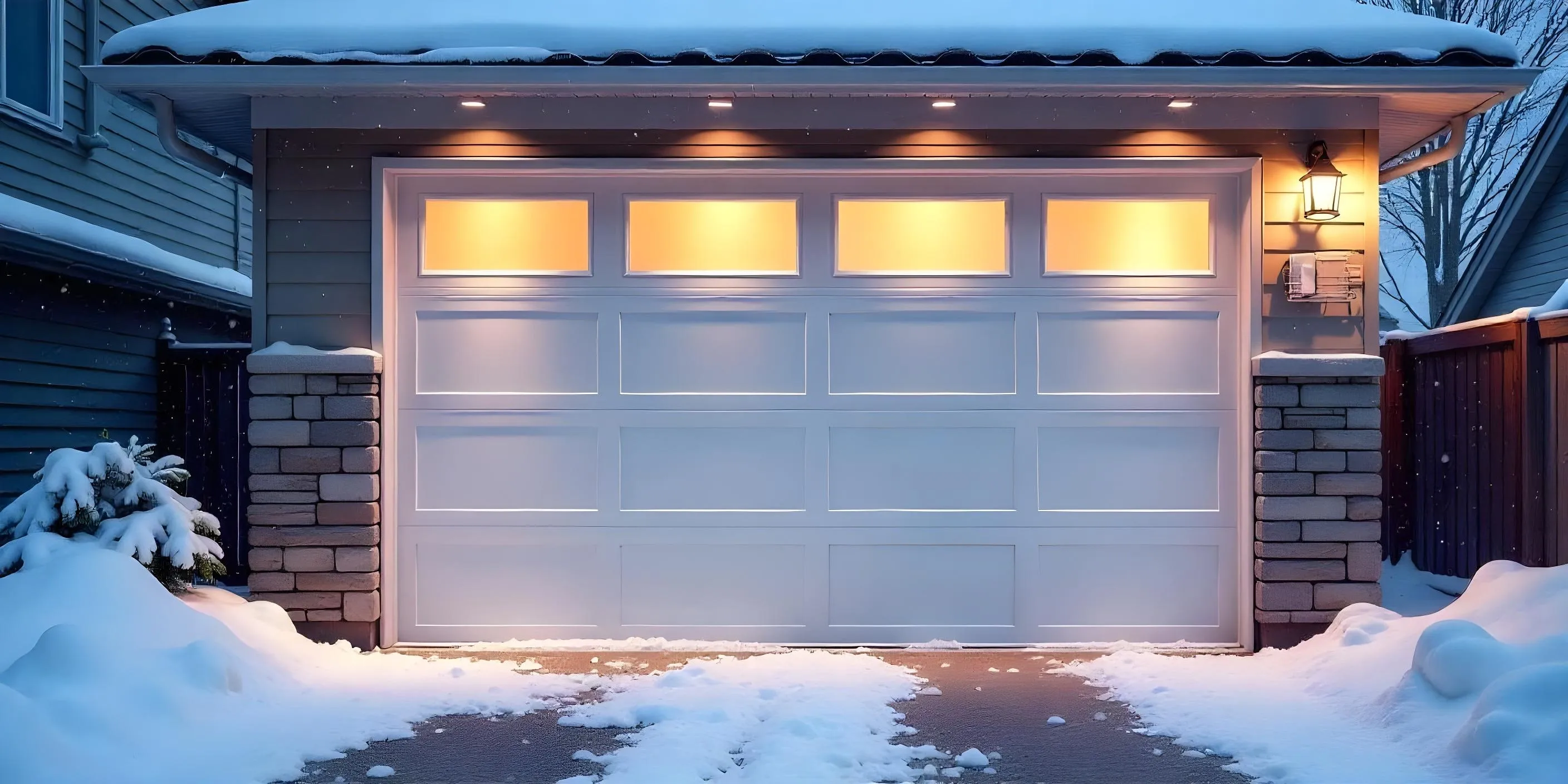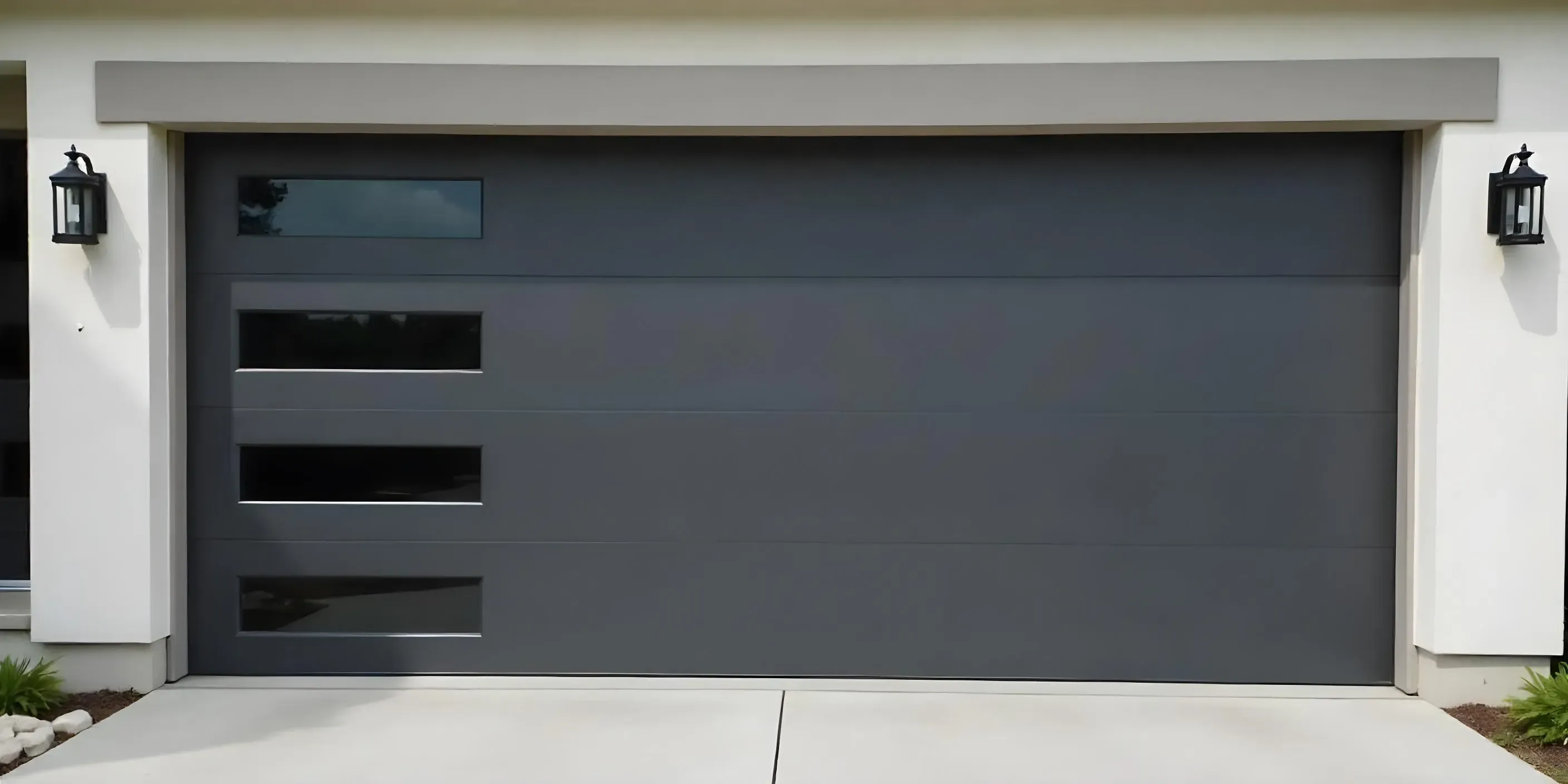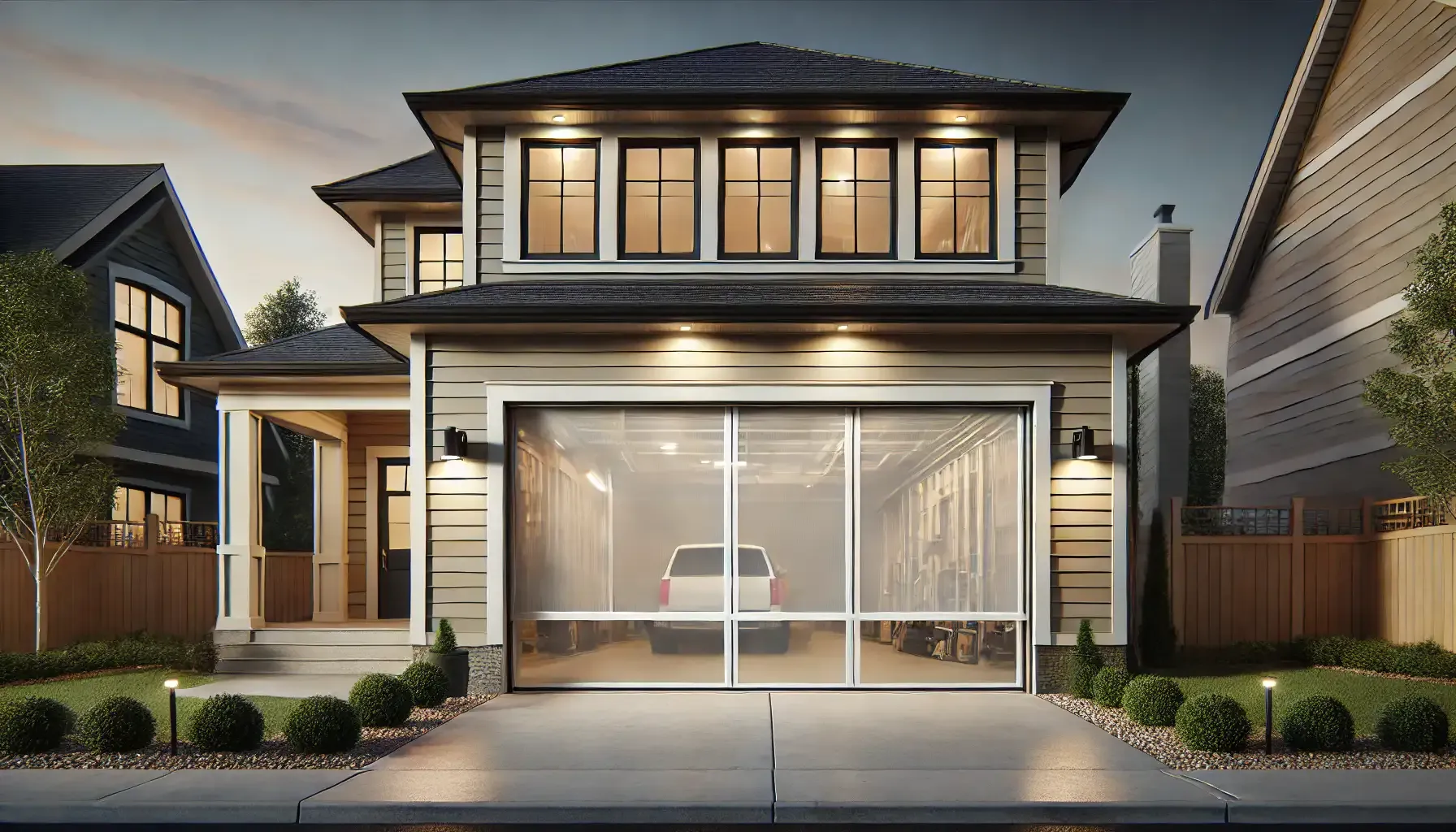The Ultimate Garage Door Spring Maintenance Checklist for Homeowners
Published: Feb 5, 2025
Your garage door springs are among the smallest yet most critical components of your garage door system. They support the weight every time your garage door opens or closes. While they are often overlooked, regular maintenance is important to ensure your garage door springs remain in top condition.
We understand that balancing a busy life with many responsibilities can make it challenging to find time for upkeep. That’s why we’ve created a simple, step-by-step checklist to help you maintain your garage door springs with ease. These expert tips will save you both time and effort.
If you'd prefer to leave the job to the professionals, Up & Down Garage Doors is ready to help you! Our experienced team offers a full range of garage door services to efficiently handle any issues you may encounter.
Understanding the Role of Garage Door Springs

- Torsion Springs: The most common type of torsion spring is also known as garage door lift springs. These springs are wound around a bar above the garage door and play a major role in lifting it. When you open your garage door, the springs unwind, and they rewind when the door closes. Torsion springs are typically measured by weight, length, and wire size. The longer the spring and the heavier the door, the more torsion is needed.
- Extension Springs: These springs are attached to the sides of the garage door and stretch as the door opens and closes. They help counterbalance the door’s weight.

Signs Your Garage Door Springs Need Attention

- Difficulty Opening or Closing
- Unusual Noises
- Visible Wear and Tear
- Door Closes Too Quickly
- Garage Door Won’t Stay Open

Garage Door Spring Maintenance Checklist
- Visual Inspection: Start by checking the springs for visible signs of wear. Are they rusty? Do you see gaps or fraying in the wires? Are they aligned and securely in place? If anything looks off, call a professional to guide you through the next steps.
- Lubricate the Springs: Next, lubricate your garage door springs. Be sure to use a lubricant specifically designed for garage door springs. Avoid using general-purpose lubricants like WD-40, as they can attract dirt and lead to faster wear on the springs.
- Check the Balance: To check if your garage door is balanced, disconnect the opener and lift the door by hand to about halfway up. If it stays there, your springs are functioning properly. If the door falls or keeps rising, your springs need adjustment.
- Test Safety Features: Always check your garage door’s safety features. To do this, place an object in the door’s path to test the reversal mechanism. The door should immediately reverse direction. All garage doors have safety features and entrapment prevention devices, so it is essential to check them regularly to ensure they operate properly and do not pose safety risks.
How Often Should You Replace Your Garage Door Springs

- If you notice visible damage, including cracks or gaps in the coils.
- If your garage door no longer operates smoothly, even after maintenance.
- If the springs make loud creaking or snapping noises during operation, it’s likely time for a replacement.

The Cost of Neglecting Spring Maintenance
Summing Up
You may also like


